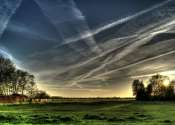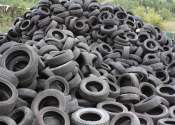China's green-tech manufacturing powerhouse
China has extended its manufacturing domination to clean energy industries in recent years, alongside a global push for climate change action, but that is starting to worry the United States, Europe and others.
Apr 5, 2024
0
1









